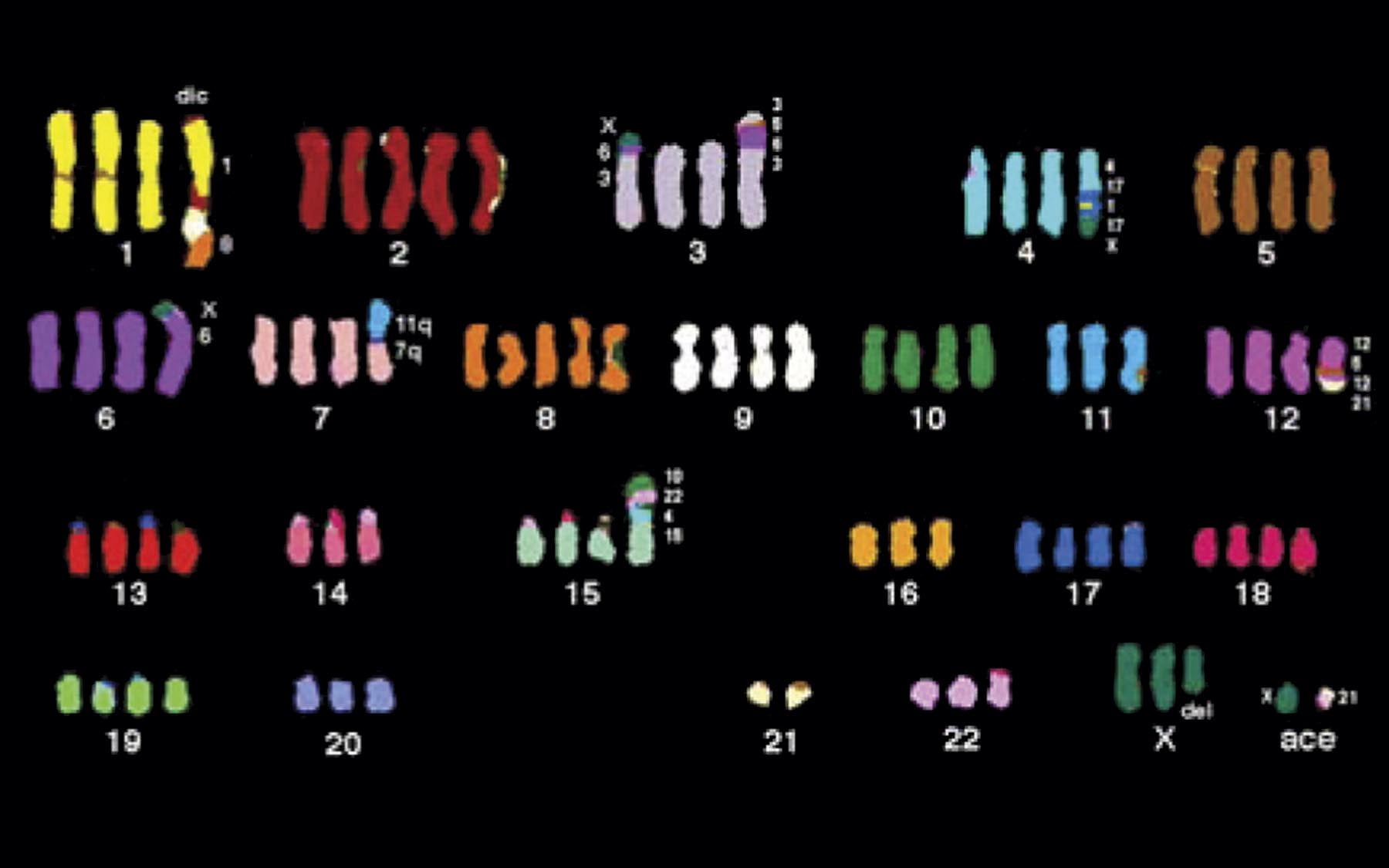Current Biology publishes “A Virus Causes Cancer by Inducing Massive Chromosomal Instability through Cell Fusion.”
Cold Spring Harbor, NY — Research led by Cold Spring Harbor Laboratory (CSHL) may link viruses that have been considered harmless to chromosomal instability (CIN) and cancer. “If the model that we propose is correct, protecting the body against viruses, or preventing the cell fusion that they cause may decrease the frequency of cancers and prevent their progression,” said CSHL’s lead investigator Yuri Lazebnik.
According to this model, cells can be made cancerous by viruses that fuse cells. Fusion abruptly unites two or three cells under the same membrane, a change that triggers massive CIN and creates diverse cells whose properties change over time. The researchers found that some of these cells can become cancerous.
The model that the researchers propose suggests that the best hope for controlling cancer is its prevention. If viruses can cause CIN, identifying and inactivating these viruses would help to decrease the incidence of the disease. This prognosis is consistent with the successes of preventative immunization against hepatitis B and papilloma viruses, which both cause cancer. Lazebnik and his CSHL colleague Dominik Duelli estimate that at least 18 of 29 virus families that infect human cells have species that fuse cells, which implies that CIN and cancer might be caused by viruses, even those that are considered harmless.
Written by: Communications Department | publicaffairs@cshl.edu | 516-367-8455
Citation
CSHL collaborated on this study with the Genetics Branch of the National Cancer Institute and the Johns Hopkins University Medical School. The paper’s full citation is as follows: Dominik M. Duelli, Hesed M. Padilla-Nash David Berman, Kathleen M. Murphy, Thomas Ried, and Yuri Lazebnik. The research results are available online before they are allocated to the March 6, 2007 print issue of Current Biology at:
http://www.cell.com/current-biology/abstract/S0960-9822(07)00888-3
